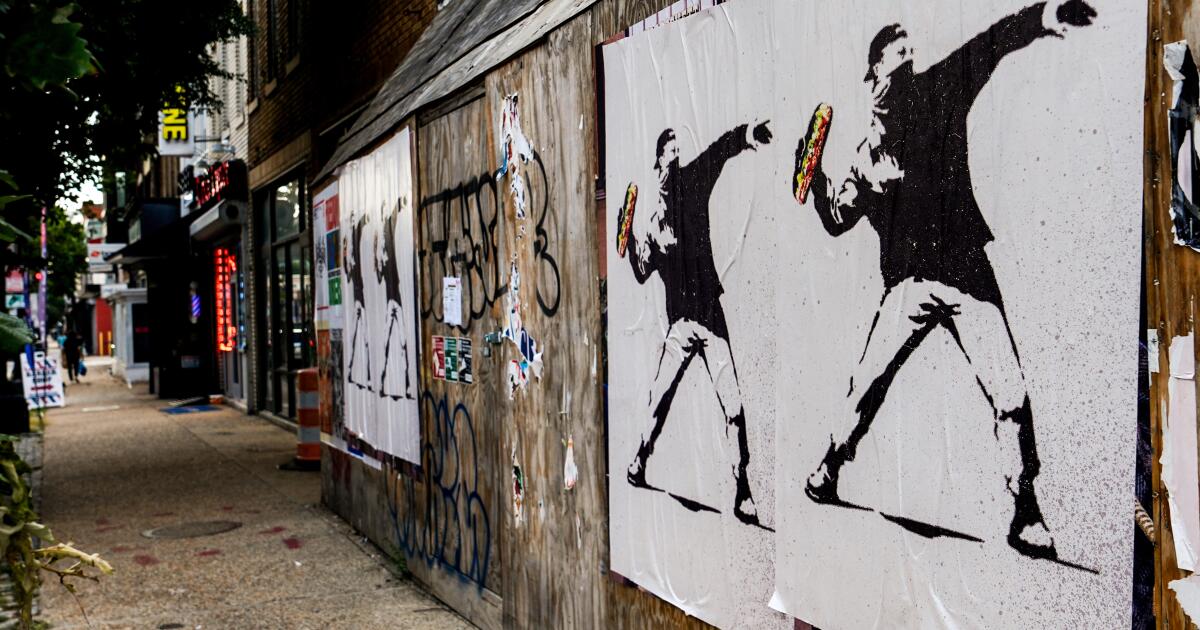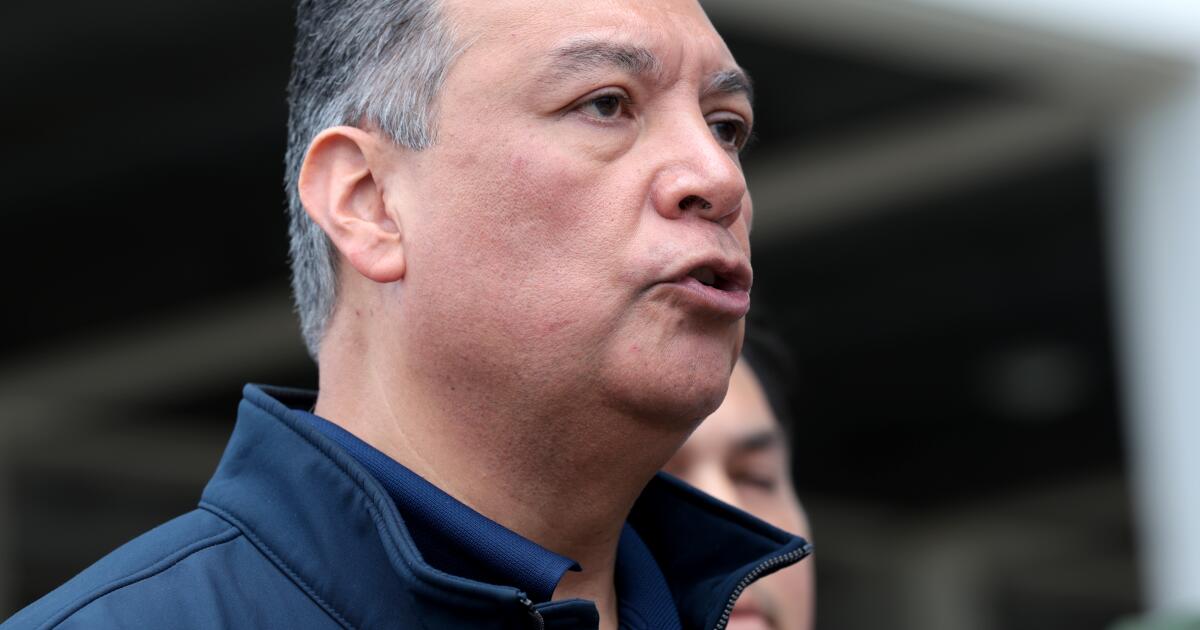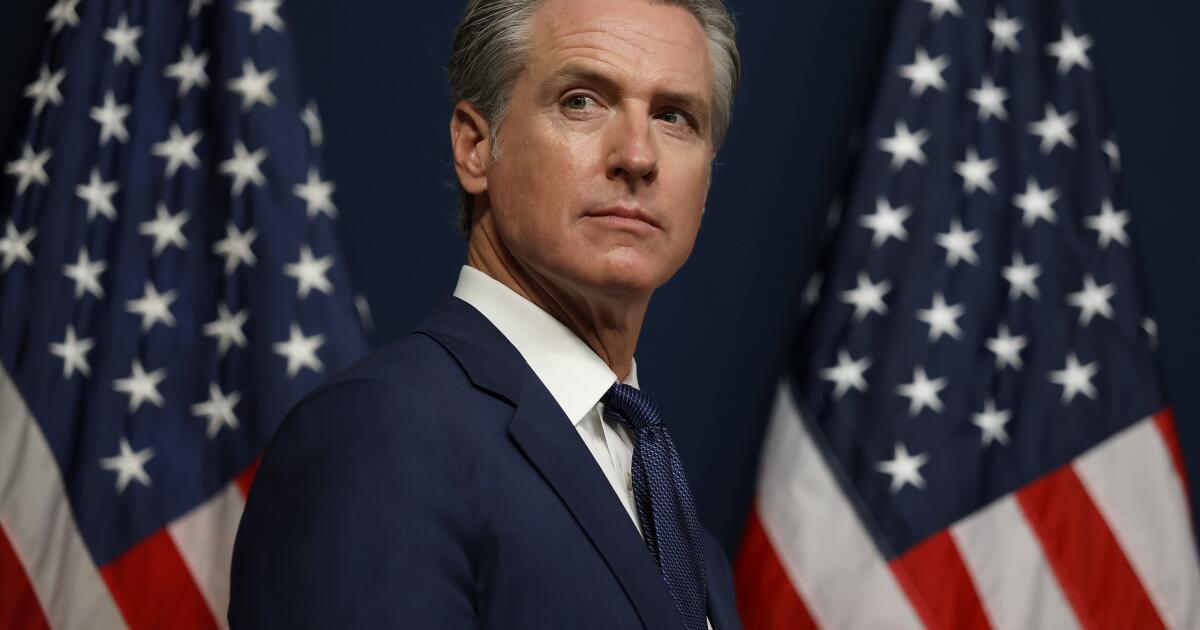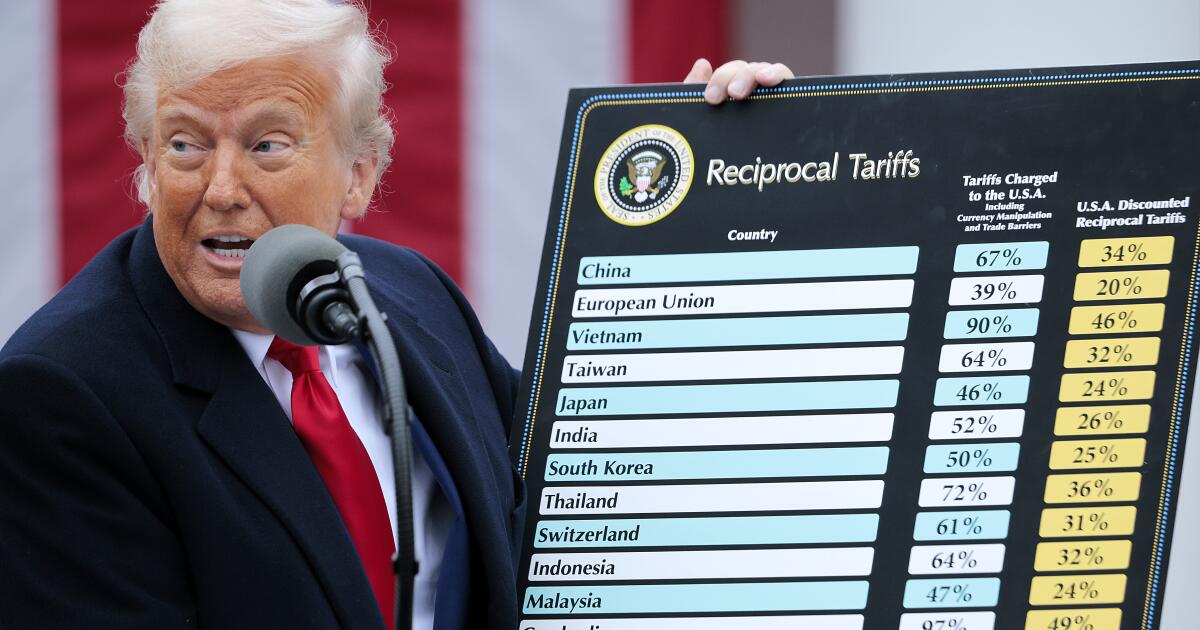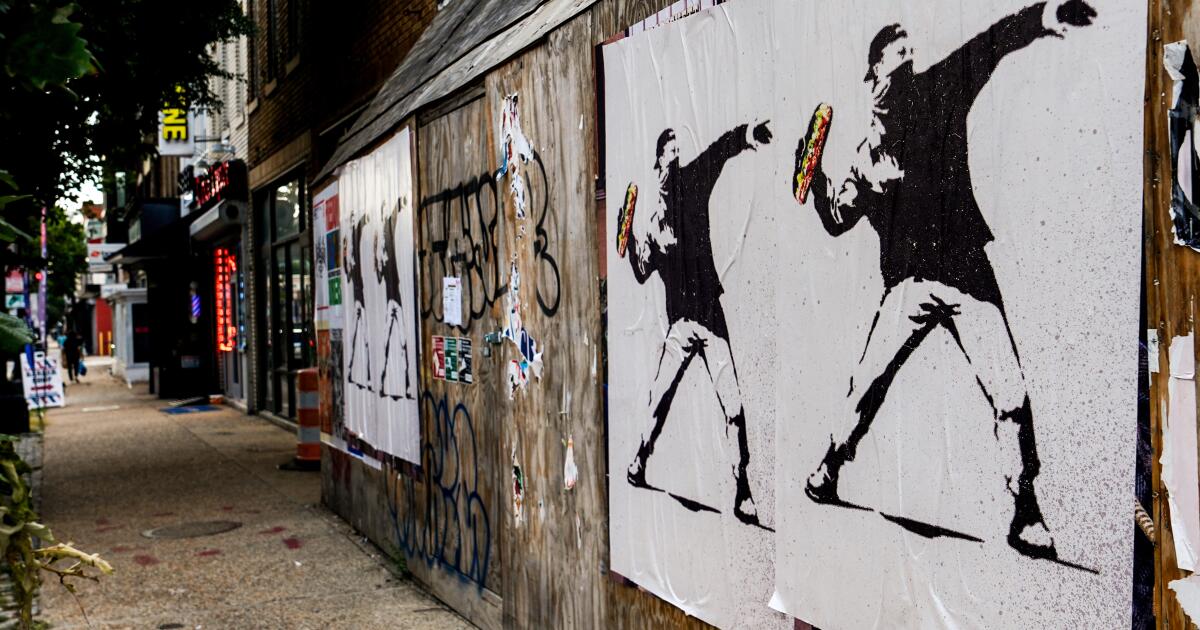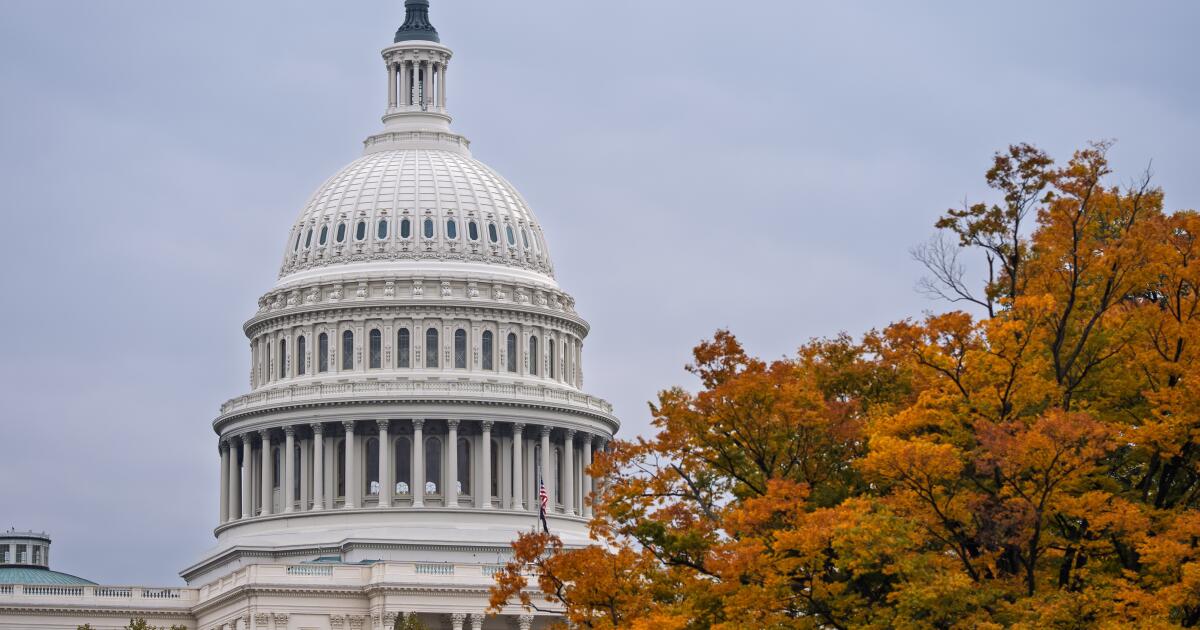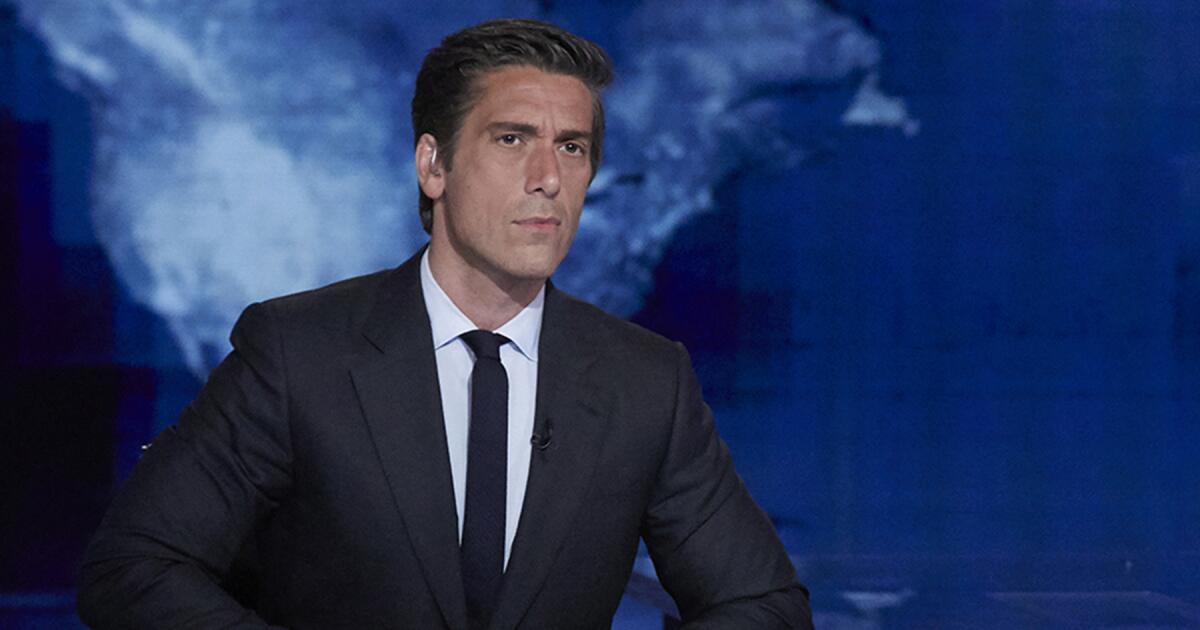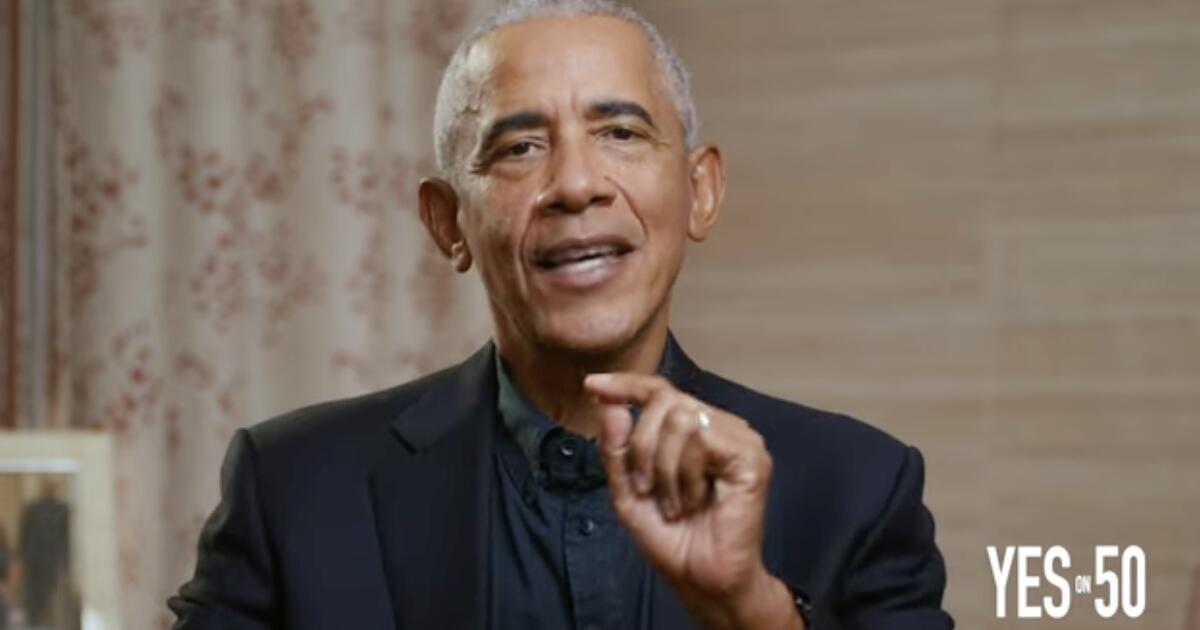Democrats sweep key races as Mamdani is elected New York City mayor, capping stunning rise
NEW YORK — Zohran Mamdani was elected mayor of New York City on Tuesday, capping a stunning ascent for the 34-year-old state lawmaker, who was set to become the city’s most liberal mayor in generations.
In a victory for the Democratic party’s progressive wing, Mamdani defeated former Gov. Andrew Cuomo and Republican Curtis Sliwa. Mamdani must now navigate the unending demands of America’s biggest city and deliver on ambitious — skeptics say unrealistic — campaign promises.
With the victory, the democratic socialist will etch his place in history as the city’s first Muslim mayor, the first of South Asian heritage and the first born in Africa. He will also become the city’s youngest mayor in more than a century when he takes office Jan. 1.
Mamdani’s unlikely rise gives credence to Democrats who have urged the party to embrace more progressive, left-wing candidates instead of rallying behind centrists in hopes of winning back swing voters who have abandoned the party.
It was one of three victories by Democrats in high-profile races for elective office that were being viewed as a gauge of public sentiment toward President Trump in his second term. In California, voters were expected to approve Gov. Gavin Newsom’s Proposition 50, a redistricting measure aimed at boosting Democrats’ chances in the midterm elections.
In New Jersey, Democratic Rep. Mikie Sherrill was elected New Jersey governor over Republican Jack Ciattarelli, who was endorsed by Trump.
New Jersey Democratic Governor-elect Mikie Sherrill speaks during an election night party in East Brunswick, N.J., on Tuesday.
(Matt Rourke / Associated Press)
Sherrill, a 53-year-old Navy veteran who represented a northern New Jersey district in the U.S. House for four terms, will be the state’s second female governor.
Democrat Abigail Spanberger won the Virginia governor’s race, defeating Republican Lt. Gov. Winsome Earle-Sears to give Democrats a key victory heading into the 2026 midterm elections and make history as the first woman to lead the commonwealth.
Spanberger, 46, is a center-left Democrat and former CIA case officer who helped her party win a House majority during Trump’s first presidency.
Economic worries were the dominant concern as voters cast ballots for Tuesday’s elections, according to preliminary findings from the AP Voter Poll.
The results of the expansive survey of more than 17,000 voters in New Jersey, Virginia, California and New York City suggested the public was troubled by an economy that seems trapped by higher prices and fewer job opportunities.
Supporters celebrate during the election night watch party for Virginia Democratic gubernatorial candidate Abigail Spanberger as she is projected to win the race at the Greater Richmond Convention Center.
(Alex Wong / Getty Images)
Mamdani has already faced scrutiny from national Republicans, including Trump, who have eagerly cast him as a threat and the face of what they say is a more radical Democratic Party.
The contest drove the biggest turnout in a mayoral race in more than 50 years, with more than 2 million New Yorkers casting ballots, according to the city’s Board of Elections.
Mamdani’s grassroots campaign centered on affordability, and his charisma spoiled Cuomo’s attempted political comeback. The former governor, who resigned four years ago following allegations of sexual harassment that he continues to deny, was dogged by his past throughout the race and was criticized for running a negative campaign.
There’s also the question of how he will deal with Trump, who threatened to take over the city and to arrest and deport Mamdani if he won. Mamdani was born in Uganda, where he spent his early childhood, but was raised in New York City and became a U.S. citizen in 2018.
New Yorkers celebrate as NY1 projects Zohran Mamdani the winner in the mayoral election at the Bohemian Hall & Beer Garden on Tuesday.
(Jeremy Weine / Getty Images)
Mamdani, who was criticized throughout the campaign for his thin resume, will now have to begin staffing his incoming administration before taking office next year and game out how he plans to accomplish the ambitious but polarizing agenda that drove him to victory.
Among the campaign’s promises are free child care, free city bus service, city-run grocery stores and a new Department of Community Safety that would send mental health care workers to handle certain emergency calls rather than police officers. It is unclear how Mamdani will pay for such initiatives, given Democratic Gov. Kathy Hochul’s steadfast opposition to his calls to raise taxes on wealthy people.
His decisions around the leadership of the New York Police Department will also be closely watched. Mamdani was a fierce critic of the department in 2020, calling for “this rogue agency” to be defunded and slamming it as “racist, anti-queer & a major threat to public safety.” He has since apologized for those comments and has said he will ask the current NYPD commissioner to stay on the job.
Mamdani’s campaign was driven by his optimistic view of the city and his promises to improve the quality of life for its middle and lower classes.
But Cuomo, Sliwa and other critics assailed him over his vehement criticism of Israel’s military actions in Gaza. Mamdani, a longtime advocate of Palestinian rights, has accused Israel of committing genocide and said he would honor an arrest warrant the International Criminal Court issued for Israeli Prime Minister Benjamin Netanyahu.
New York Independent mayoral candidate former New York Gov. Andrew Cuomo votes at the High School of Art and Design on Tuesday in New York City.
(Alexi J. Rosenfeld / Getty Images)
Going into the Democratic primary, Cuomo was the presumed favorite, with near-universal name recognition and deep political connections. Cuomo’s chances were buoyed further when incumbent Mayor Eric Adams bowed out of the primary while dealing with the fallout of his now-dismissed federal corruption case.
But as the race progressed, Mamdani’s natural charm, catchy social media videos and populist economic platform energized voters in the notoriously expensive city. He also began drawing outside attention as his name ID grew.
In New Jersey, Sherrill built her campaign around pushing back against Trump. She recently seized on the administration’s decision to abruptly freeze funding for a multibillion-dollar project to replace the aging rail tunnels that connect New Jersey to New York City beneath the Hudson River.
Spanberger’s victory in Virginia will flip partisan control of the governor’s office when she succeeds outgoing Republican Gov. Glenn Youngkin.
“We sent a message to every corner of the commonwealth, a message to our neighbors and our fellow Americans across the country,” Spanberger told cheering supporters in Richmond. “We sent a message to the whole word that in 2025, Virginia chose pragmatism over partisanship. We chose our commonwealth over chaos.”
Izaguirre and Colvin write for the Associated Press. AP writers Mike Catalini, Adriana Gomez Licon, Olivia Diaz and Bill Barrow contributed to this report.

